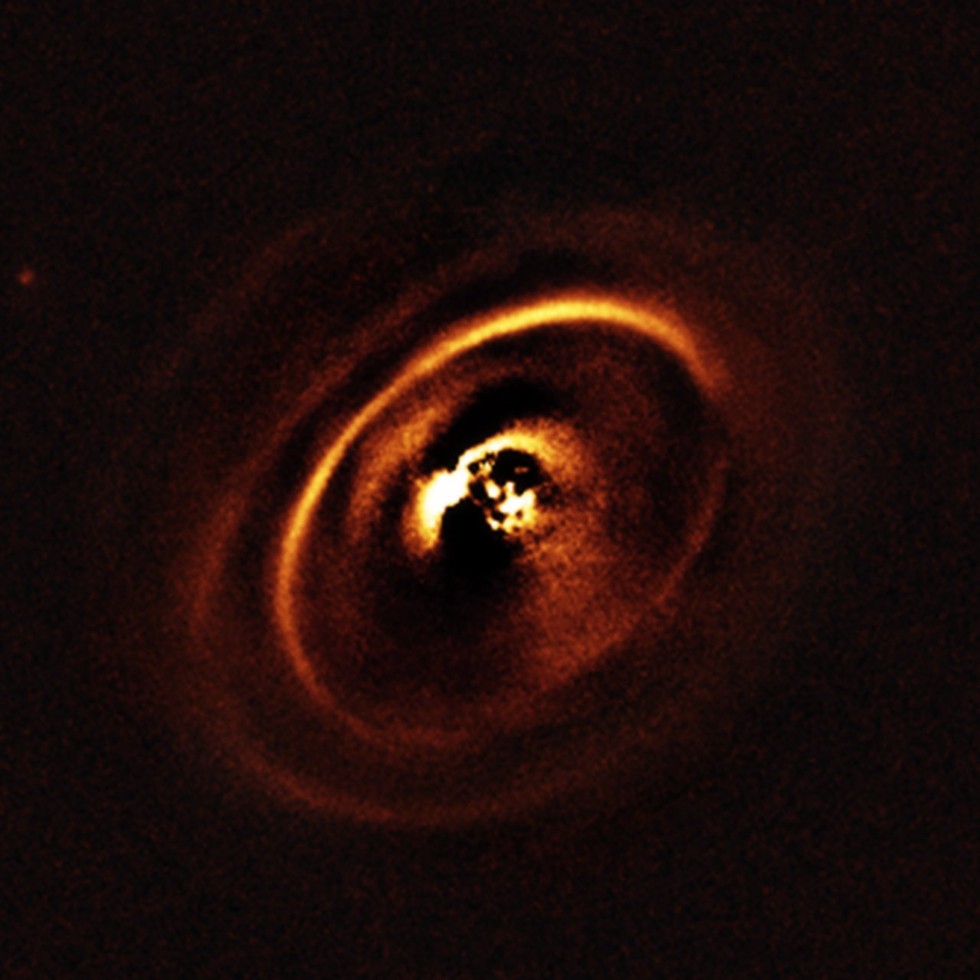The cosmos is often viewed as constant and unchanging, but in these wonderfully detailed observations of the protoplanetary disks surrounding young stars, some rather rapid changes are being witnessed.
While zooming in on young stars surrounded by the dusty debris from star formation, the SPHERE instrument, which is attached to the ESO's powerful Very Large Telescope (VLT) at the Paranal Observatory in Chile, was able to resolve details in the early evolution of planetary systems. During the formation of our solar system over 4 billion yours ago, the components of all the planets would have resembled the rippled tracks as seen in these observations. As with many fields of astronomy, we often look out into the galaxy to learn more about our own origins.
Though astronomers have a pretty good idea about how planets are formed, many mysteries remain. This is particularly the case when planets take their "first steps," gaining the gravitational fortitude to attract more material and carving out intricate tracks and swirls in stars' surrounding disks.
Of the recent observations, one remarkably young star system called RX J1615 (pictured below), located around 600 light-years from Earth and only 1.8 million years old, shows amazingly intricate symmetrical rings around the central star. "The disc shows hints of being shaped by planets still in the process of formation," the ESO writes in a statement.
But not all planet "baby steps" form these symmetrical Saturn-like rings. One burgeoning star system called HD 135344B, located around 450 light-years away, exhibits an asymmetrical whirlpool-like ring of debris and tracks in the protoplanetary disk (below). And the interesting thing about this particular star system is that astronomers have seen changes in the disk structure morph over a period of only a few months. This is a star system forming in real time and SPHERE is providing astronomers with a powerful new tool to track wisps of dusty material get swept up by the motion of baby planets.
"By building an impressive body of knowledge about these protoplanetary discs, these teams are stepping closer to understanding how planets shape the discs that form them — and therefore understanding planet formation itself," the ESO added.
From Discovery News



No comments:
Post a Comment